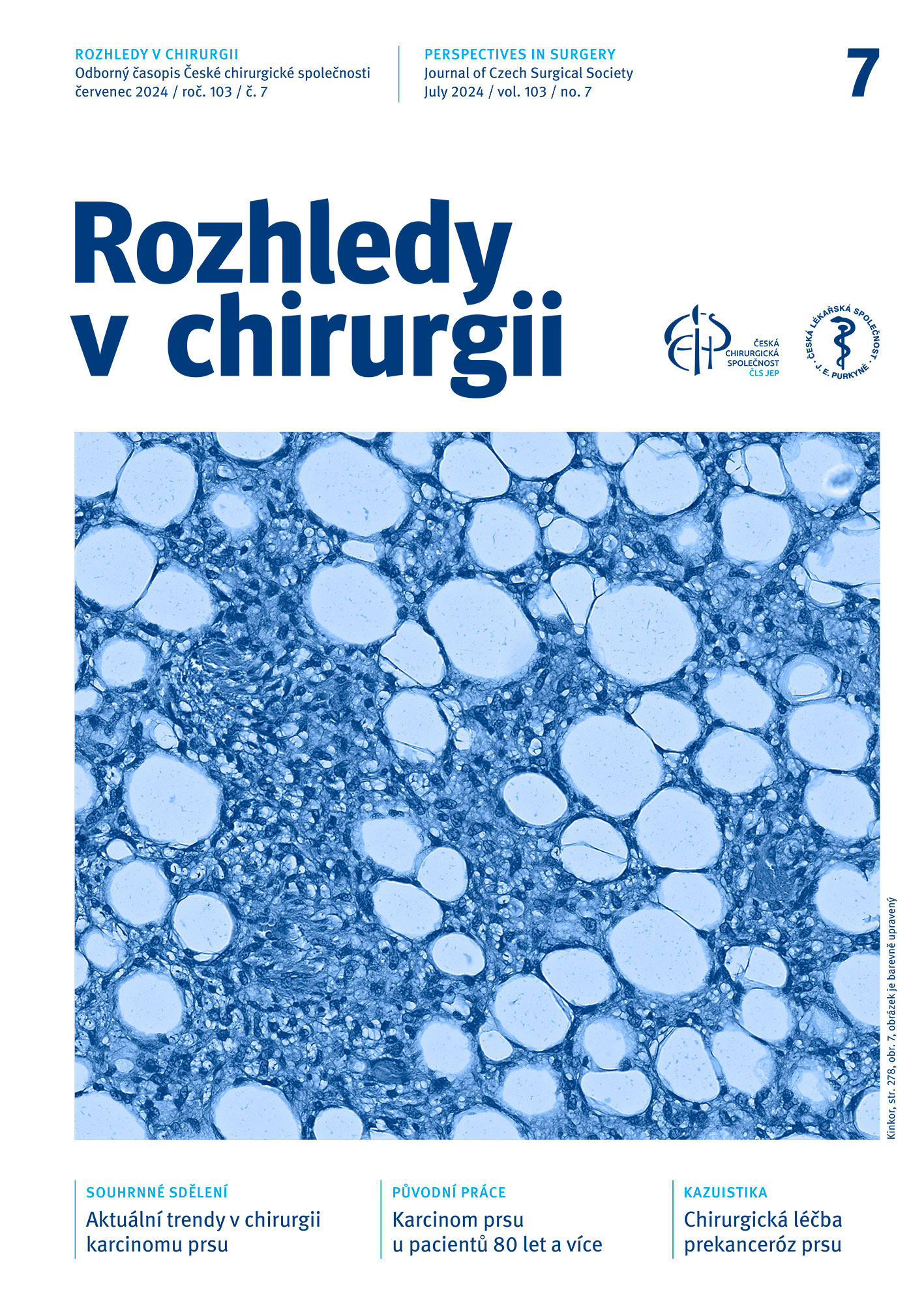Abstract
Introduction:For many years, the gold standard in the localization of non-palpable malignant breast tumors has been the use of wire-guided method. However, this has recently been replaced by more modern localization techniques in many institutions.
Methods: This is a retrospective case-control study comparing two localization techniques (iodine seed 125I and wire-guided localization) for localizing non-palpable tumors in patients with histologically verified breast carcinoma.
Results: The study included 62 patients – 31 with localization of malignant breast tumor by iodine seed (subgroup 125I) and 31 by wire-guided localization (subgroup FV). The average volume of the resected tissue in subgroup 125I (46.2 cm3) was statistically significantly smaller compared to subgroup FV (83.7 cm3; P = 0.0063). R0 resection was achieved in 29 cases (93.5%) in subgroup 125I and in 24 cases (77.4%) in subgroup FV (P = 0.0714). In subgroup 125I, re-resection was not indicated in any case, while in subgroup FV, re-resection due to tumor reaching the margin was indicated in 6 cases (19.4%; P = 0.01).
Conclusion: Our initial experience show that the use of iodine seeds for localizing non-palpable breast tumors is associated with the removal of a smaller volume of resected tissue compared to wire-guided localization, with a trend towards more frequent achievement of R0 resection. In the subgroup of patients localized with iodine seeds, there was a smaller proportion of re-resections due to inadequate safety margins.
Key words
breast cancer – localizations techniques – iodine seed – wire-guided localization
doi: 10.48095/ccrvch2024263


